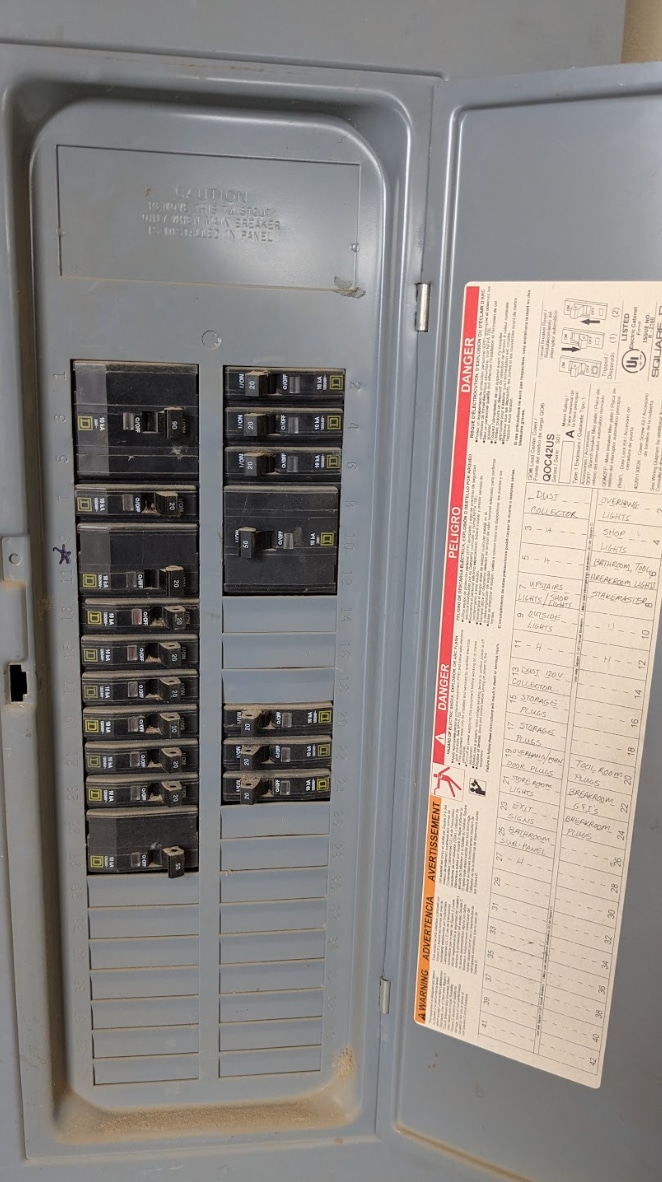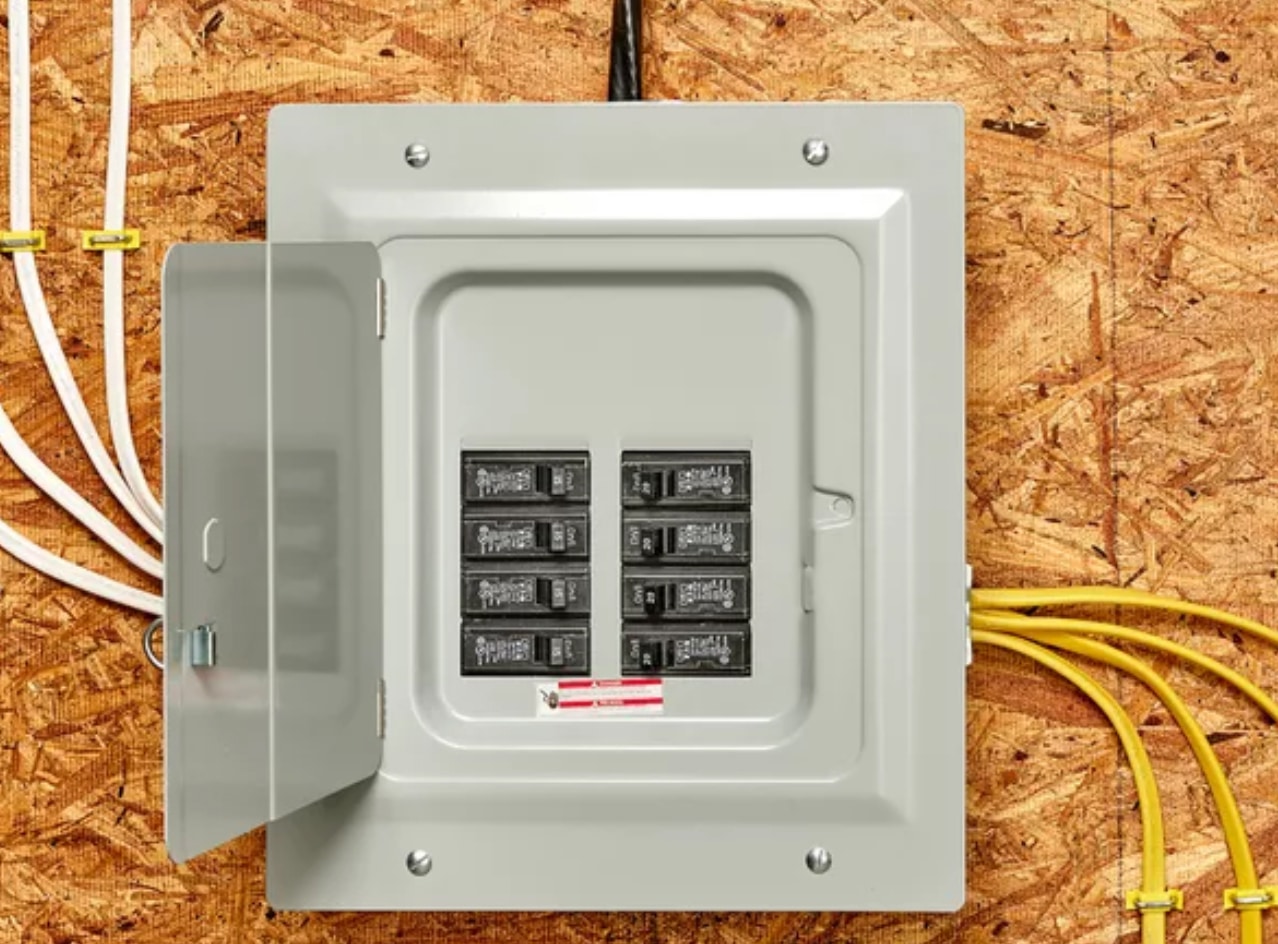But how is electricity safely and efficiently distributed inside a home? This is done with a system of wires, electrical panels, outlets and safety switches. Let’s take a closer look at the home distribution system as well as its components.
When electricity enters the home, it will first go through the meter, which, as you guessed it, measures how much energy is used. The data it collects is typically transmitted to the utility, who will use it to calculate your electricity bill.
The next component is the main electrical panel (or main service panel, MSP), which is like the central hub of the system, that all the circuits in your home are connected to. It houses a number of circuit breakers, which are switches that protect the system from sudden power spikes that can damage other branches and components both upstream and downstream. The ‘main breaker’ is the circuit breaker with the highest rating, usually between 150A and 400A. When the main breaker ‘trips’, there won’t be any electricity flowing through the system, and none of the appliances and outlets will be energized. If your electricians need to do some work in your home, they will probably flip the main breaker, so that they can work on your system safely.
The other breakers in the main panel are the connection point between the ‘branch’ circuits that reach different areas or appliances in your home, and are usually rated between 20A and 100A.

Larger homes are equipped with one or more Sub Panels, which generally serve a restricted area of the property: in this case, not all branch circuits will originate at the main electrical panel. Instead,some of them will be connected to the sub-panel, which in turn is wired to the main one. The Sub Panel will therefore house the circuit breakers for each of the circuits within that area of the building/property.

If a generator or battery is present, the sub panel can be dedicated to powering some essential loads, therefore functioning as a Critical Loads Panel. In this case, the panel will typically feed appliances that are considered a priority, i.e. they are ‘critical’ and need to have power in the event of a blackout. Some examples of this type of load are: medical devices, refrigerators, gate opening motors, internet routers.
If you’re ready to make the switch to solar savings, schedule a free consultation today and receive a custom solar proposal for your home—no strings attached. Let us help you find the perfect solar solution for your needs.

